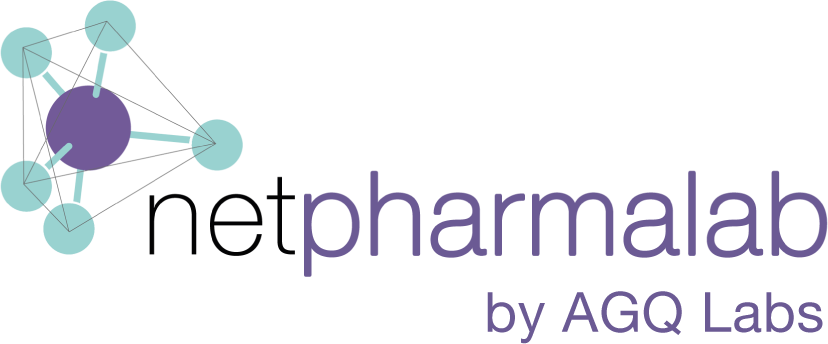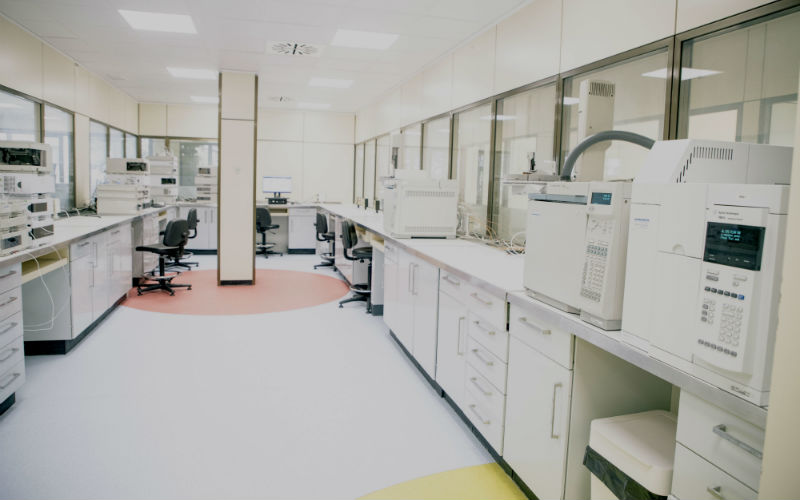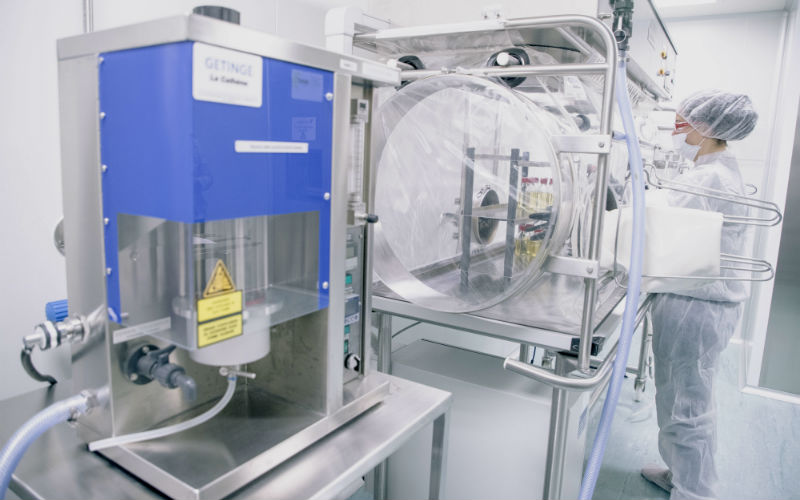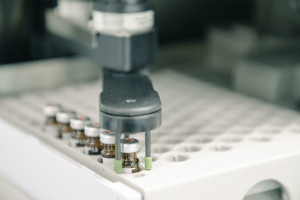
The physicochemical, biological and microbiological characterization is the way to control the raw materials and the finished products.
What is needed for these studies?
For the physicochemical control, suitable analytical methods adapted to each product are needed. To do this, during the pharmaceutical development phase it is necessary to develop these methods to make them adequate and reliable.
Among the physicochemical methods to be developed are:
Assay
It consists of a quantitative measure of an analyte into a raw material or finished product sample. It is directly related to the efficacy and safety of the finished product.
At Netpharmalab we develop analytical methods of titration based on potentiometric titration, spectrophotometry and/or liquid chromatography techniques in order to ensure the potency of a drug.
Uniformity of dosage unit
The uniformity of dosage unit test ensures the correct uniformity of the active substance throughout whole manufacturing process of the batch, so that also ensures the efficacy and the safety.
At Netpharmalab we are based on the Chapters <905> Uniformity of Dosage Unit of USP and 2.9.40. Uniformity of Dosage Unit of European Pharmacopoeia to ensure the regulatory compliance. We develop the methods adapted to the own characteristics of the active substance and based on the finished dosage form.
Dissolution test
The dissolution test ensures the correct release of the active substance from the pharmaceutical dosage form, which must be appropriate to the type of release with which the finished product has been designed (immediate release, delayed release, sustained release, etc.). Compliance of the dissolution test ensures the suitable in vivo behaviour of the active substance.
At Netpharmalab, we have dissolution tests with the apparatus described in the Chapters <711> Dissolution of USP and 2.9.3 Dissolution test for solid dosage forms of European Pharmacopoeia. We have automatic equipment connected to UV spectrophotometer and HPLC to save time, minimize the errors due to manipulation of samples and increase the efficiency of the analyses.
Related substances/residual solvents determination
All active substances are susceptible to degradation, which always means a potential risk for the patient’s safety. The related substances or impurities of an active substance must be controlled with techniques sufficiently sensitive and selective to ensure the safety of the medicinal product.
At Netpharmalab we develop liquid chromatography techniques and we fix the active substance and finished product specifications based on the ICH Q3A and Q3B criteria.
Furthermore, we have gas chromatography equipment to develop analytical methods for the detection, identification and quantification of residual solvents. We fix their limits based on the ICH Q3C criteria.
What Netpharmalab offers to you…
In addition to all above methods, we work and develop multiple physicochemical techniques.
At Netpharmalab we have a professional team with a long experience in the development of analytical methods by using several techniques for a quick and quality service.


